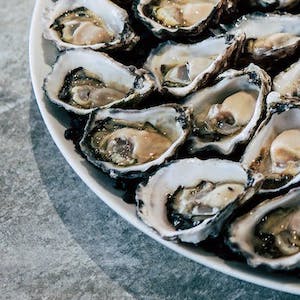A study on the occurrence of human enteric viruses in salad vegetables and seafood and associated health risks for consumers in Mauritius

Accepted: 29 August 2023
SUPPLEMENTARY MATERIAL: 42
HTML: 4
All claims expressed in this article are solely those of the authors and do not necessarily represent those of their affiliated organizations, or those of the publisher, the editors and the reviewers. Any product that may be evaluated in this article or claim that may be made by its manufacturer is not guaranteed or endorsed by the publisher.
Authors
Norovirus (NOV) and hepatitis A virus (HAV) are human enteric viruses of major concern worldwide. Salad vegetables and molluscan shellfish are highly susceptible to contamination by NOV and HAV and can pose a health threat when consumed raw. The objective of this study was to determine the occurrence of NOV and HAV in lettuce, watercress, tomatoes, and oysters using the enzyme-linked immunosorbent assay and assess the health risks associated with the consumption of these commodities by semi-quantitative risk assessment. The occurrence of NOV in vegetables ranked in the following decreasing order: lettuce (36%) > watercress (16%) > tomatoes (4%). However, HAV was more frequently detected in watercress (56%), compared to lettuce or tomatoes (12%). Additionally, NOV was detected in oysters (60%). The risk assessment exercise pointed to a medium-risk score of contracting a foodborne illness of viral origin for consumers eating fresh watercress or oysters. Future research will ascertain the presence of these enteric viruses in a broader range of food commodities.
Supporting Agencies
European Union, University of MauritiusHow to Cite

This work is licensed under a Creative Commons Attribution-NonCommercial 4.0 International License.
PAGEPress has chosen to apply the Creative Commons Attribution NonCommercial 4.0 International License (CC BY-NC 4.0) to all manuscripts to be published.

 https://doi.org/10.4081/ijfs.2023.11447
https://doi.org/10.4081/ijfs.2023.11447



